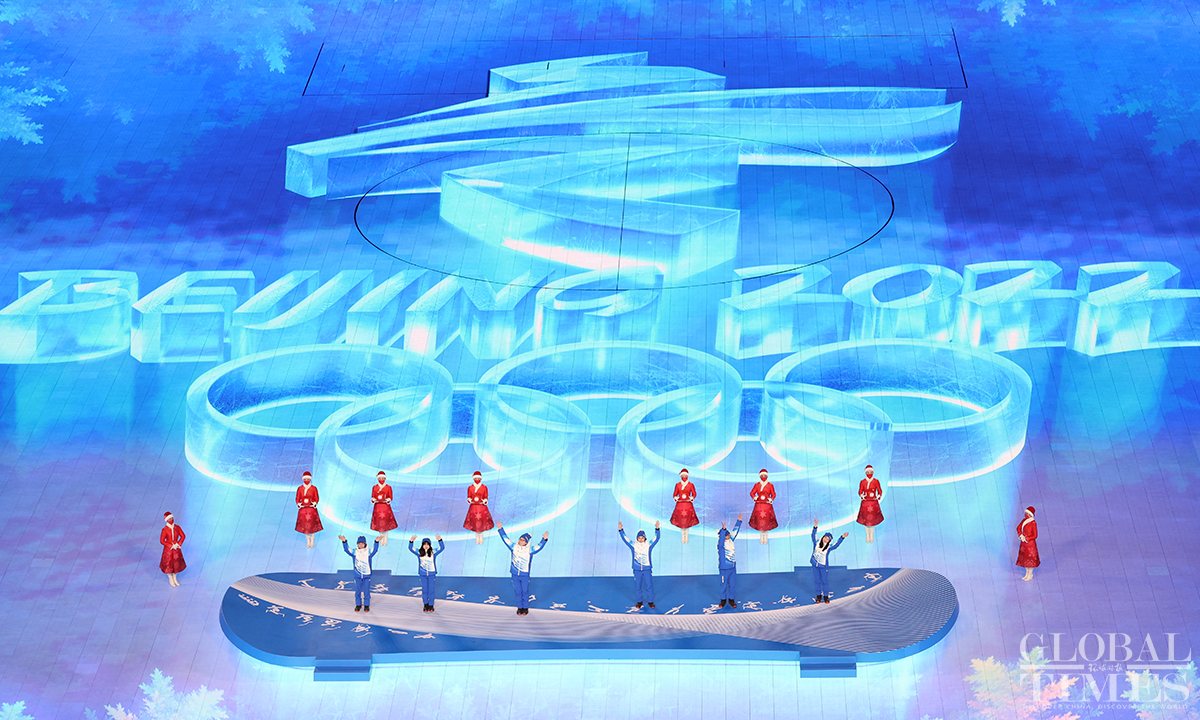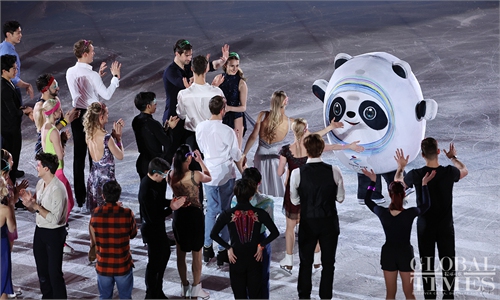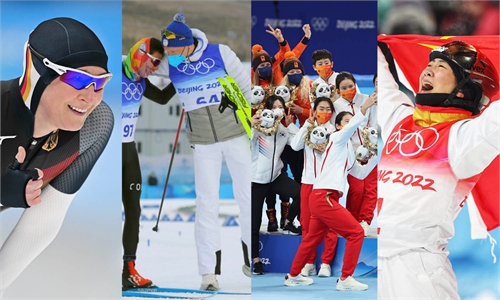SPORT / OLYMPICS
Why do Olympic Games need opening and closing ceremonies?

Photo: Li Hao/GT
Apart from other sporting events, the opening and closing ceremonies of the ancient Olympic Games were an integral part of these Games, representing the official start and end of an Olympic Games.It can be seen as a feast for the athletes who come from all over the world. Through music, dance and fireworks, the ceremonies invite people to discover the culture of the country in which the Games are taking place.
The presentation of the opening and closing ceremonies continue to increase in scope, scale, and expense with each successive celebration of the Games, but they are still steeped in tradition.
Athletes debut by holding their national or the regional flags at the beginning of the opening ceremony. As a tribute to Greece, the country where the Olympics originated, Greek athletes are generally the first to enter. Delegates from host countries are the last to enter.
The Olympic anthem is played after the head of state of the host country announces the start of the Games. The arrival of the Olympic flame and the lighting of the main torch are the culmination of the opening ceremony, and the symbolic release of the dove of peace is also a necessary part of the opening ceremony. Then there will be a cultural performance.
The closing ceremony begins with the authority's presentation followed by the raising of the host country's flag and a performance of its national anthem. Then the host country presents an artistic program similar to the opening ceremony, though usually it is shorter. A presentation that features the next host country is performed or played at the closing ceremony, representing a kind of inheritance.
After the flame is extinguished, there would be a party for the athletes featuring some of the host country's music culture and it is common to see local musical big names performing.


